Icebergs, glass-outs and walrus
Icebergs
Happily anchored and just plain tired our plan was to wait here at Isbjørnhamna for 6 hours. This would allow us to avoid north easterly winds along the coast and to catch a forecast change to south westerlies wind sometime after 0600. The deep, deep temptation to get a good 5 or 6 hours sleep competed with the fact that some bergy-bits of ice were drifting through the anchorage, some coming to a few metres of Yuma. So instead, we each stood a three hour watch, just to be on the safe side. Getting hit by ice, or losing our anchor to a biggish bit of ice, was not how we wanted to start our time in Svalbard.
Damn that ice, I want to sleep!
At 0600, foggy-headed and confused from a cruel combination of some sleep and lack of sleep, I took the helm as we lifted the anchor and headed out from Isbjørnhamna. As we left the fog had broke up enough to give us some glimpses of the shore – steep bare slopes running past remnant snow banks to the shore and to the north east a dark rocky ridge behind which a glacier, shining white, dropped into the foggy sea. Spitsbergen exists!
Spitzbergen exists! SV Saraban’de at anchor. The Polish Research Station. Spitzbergen’s skirts peaking out from under cloud. The Hansbreen Glacier where our bergy bits came from.
We paused briefly to pick up a block of glacier ice (for glacier iced lattes) and then began what we thought would be a short motor before picking up the south westerly wind for the passage up the coast.
Ice for glacial lattes.
Glass-outs
Well, that wasn’t to be. That lull before the light winds became simply the lull and we motored along a fog obscured coast all day, before rounding Kapp Linné just before midnight and heading east into Isfjorden.
More variations on grey.
Along the way, we saw more birds than we had seen all along the Norwegian coast. With dovekies being the highlight. And puffins being more difficult to photograph, always just popping under the surface when the shutter went off.
A flight of dovkies and a puffin disappears.
Here Spitsbergen again began to slowly reveal itself through the fog and cloud. The first to appear were the peaks of the cape, then the mountains on the northern side of the fjord. Gradually the fog lifted and our grey surreal world was replaced with crystal clear blue skies and crisp bright sunlight. Soon we were motoring along a silky-smooth blue sea surrounded by sharp mountains with glaciers gleaming under the sunlight.
Spitsbergen begins a slow reveal
Ta da!
Sadly, this wasn’t to last. An hour later the wind picked up and we were punching into 2m surf and 19kt winds. The waves were steep and packed together, washing over the foredeck as we plunged down them and flying around us in spray as we reared up them. With the prospect of 25nm of this ahead of us, we made the call to retreat into Grønfjord and moor up at Barentsburg.
Kaap Linné in the sunshine
Walrus
Getting into Grønfjord took some effort but once inside the water was calm and the wind dropped. Barentsburg is a fantastically cold-war Soviet Russian looking town. It is 100% Russian and held out the prospect of being an interesting spot to wait out the weather. However, there was no room at the inn in Barentsburg with the two moorings occupied, so we continued on down the fjord to Ankerhamna where we, appropriately, anchored in 15m in mud and out of the wind. A walrus (our first!) was feeding about 30m away and we went to sleep with the sound of its blows outside.

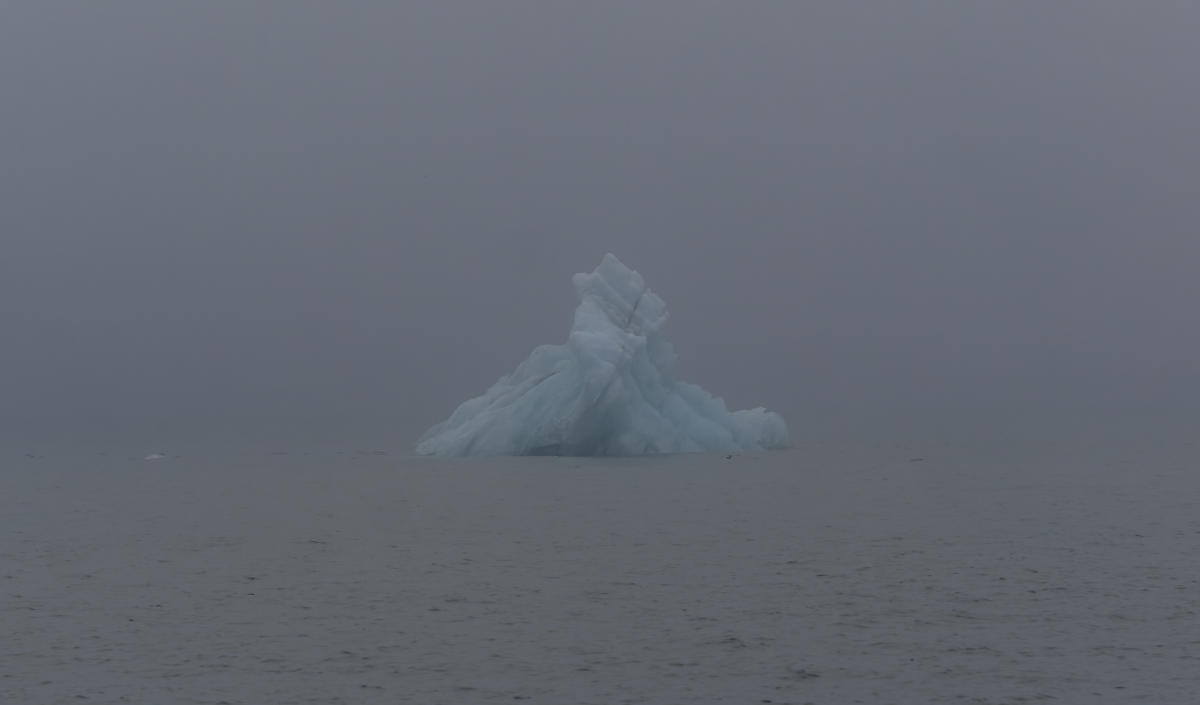
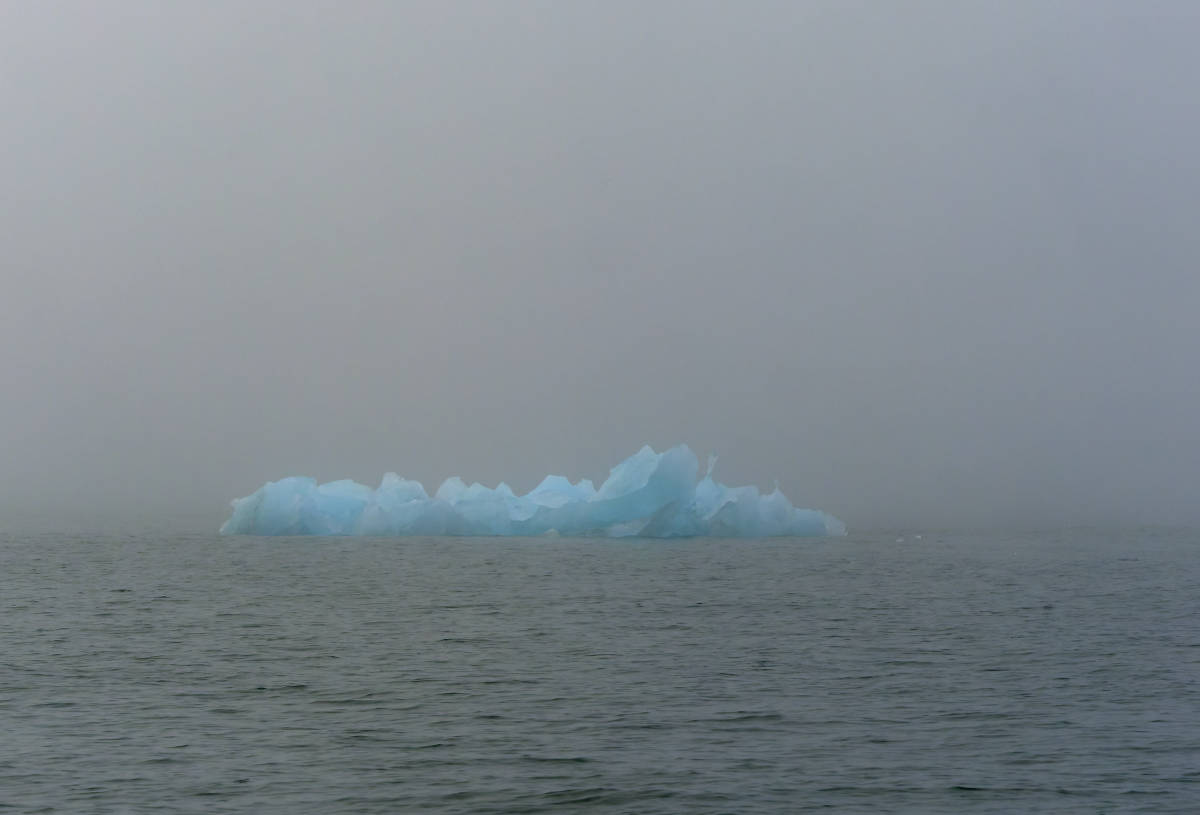
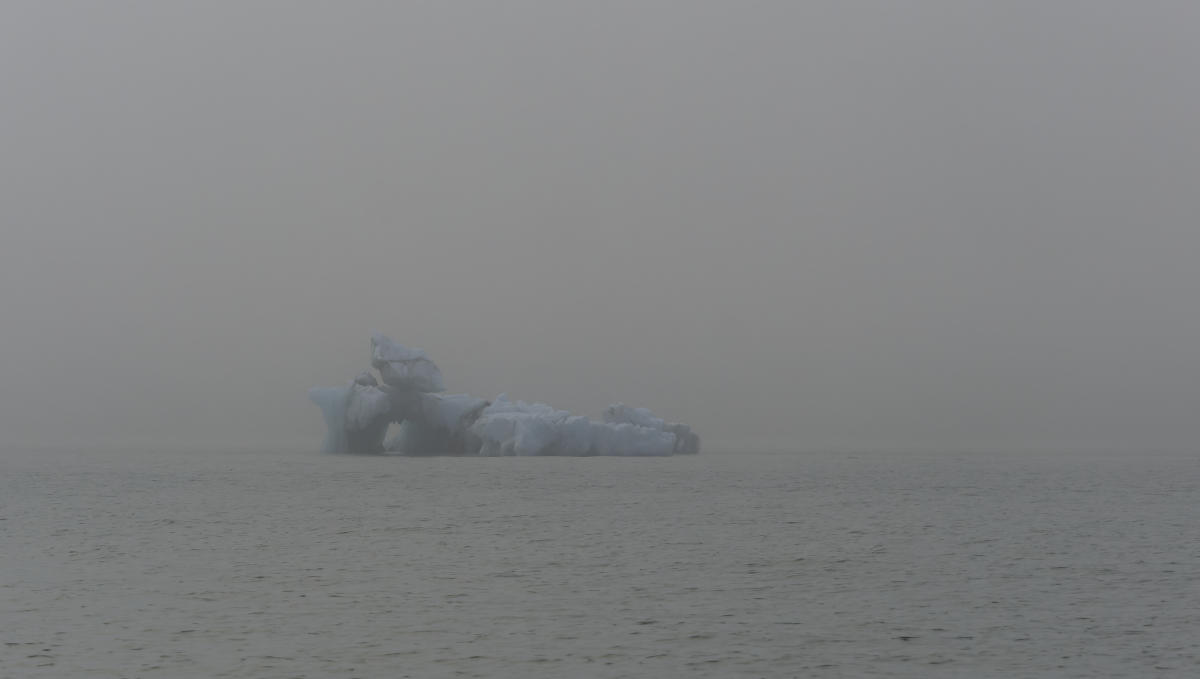
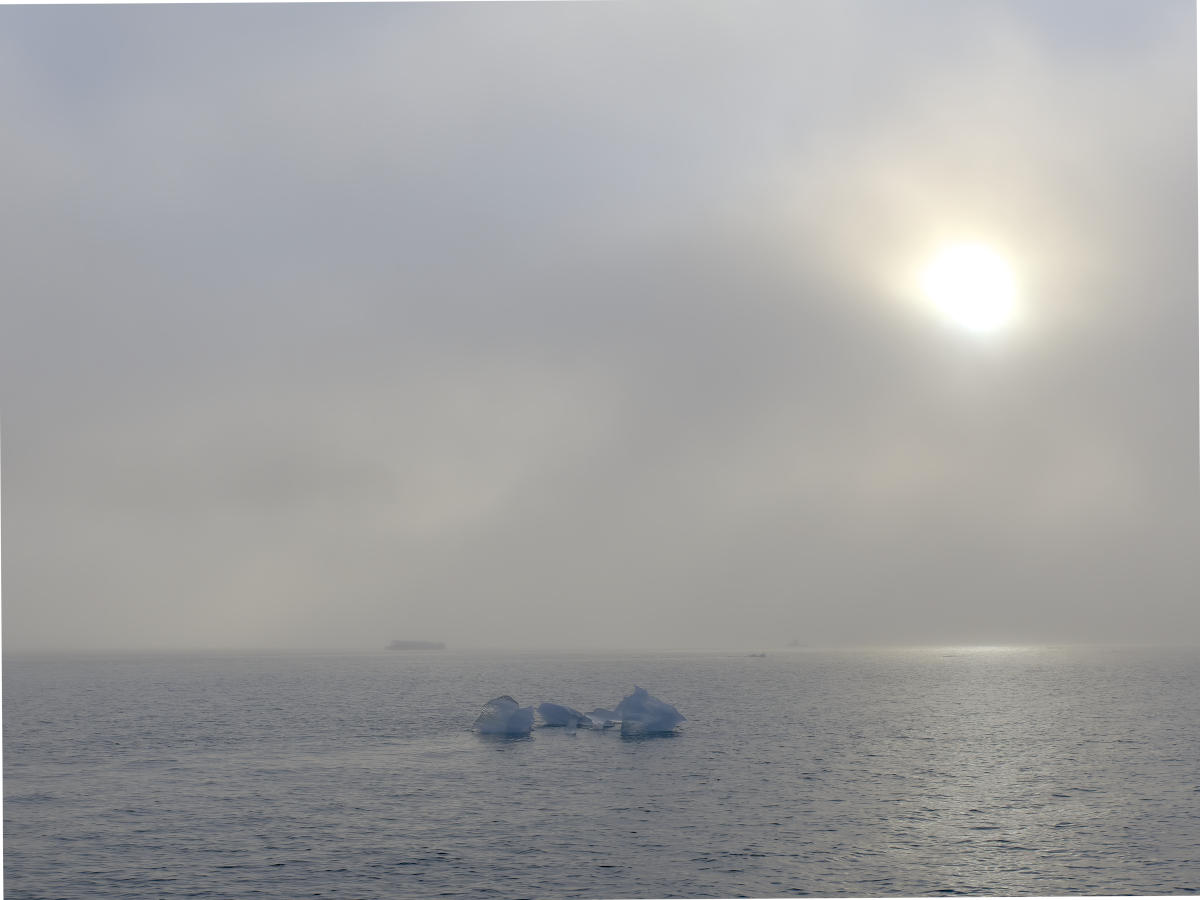
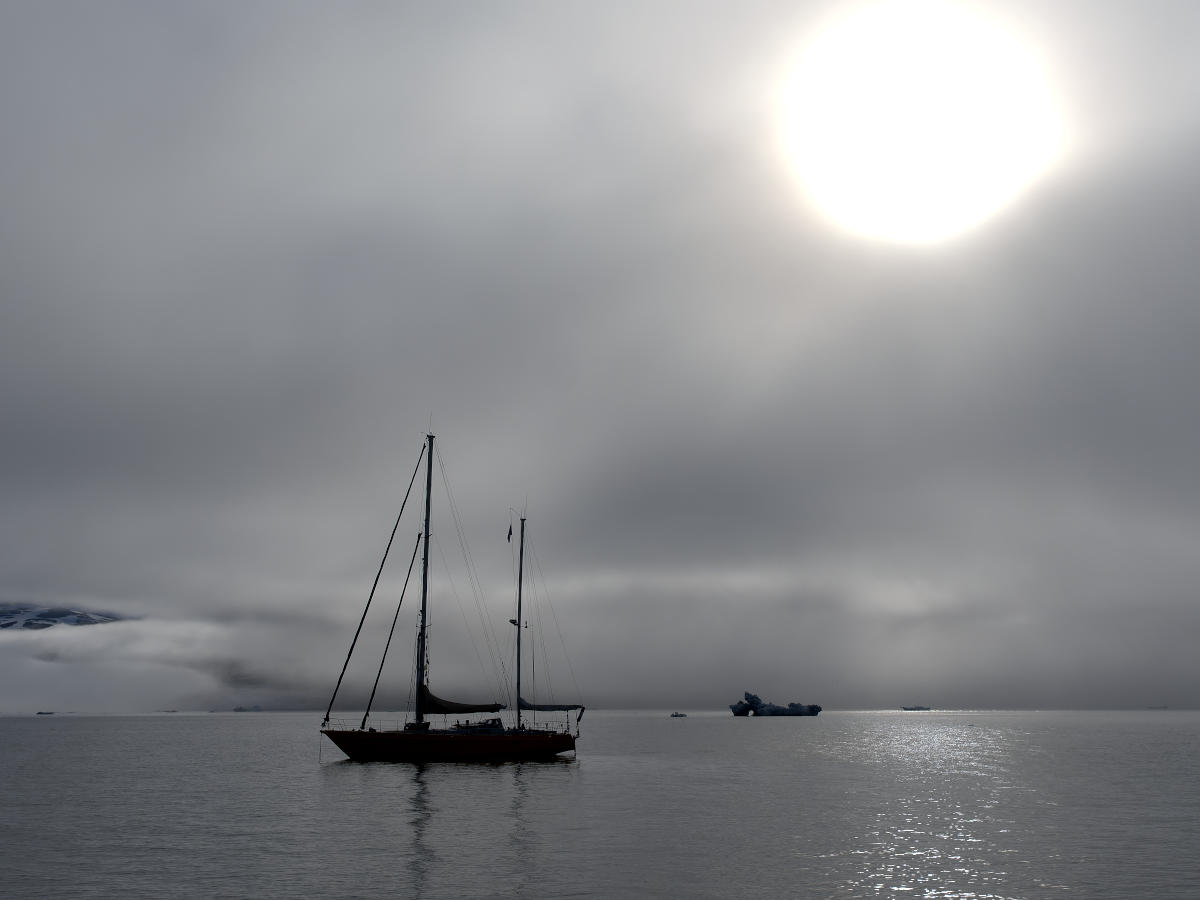

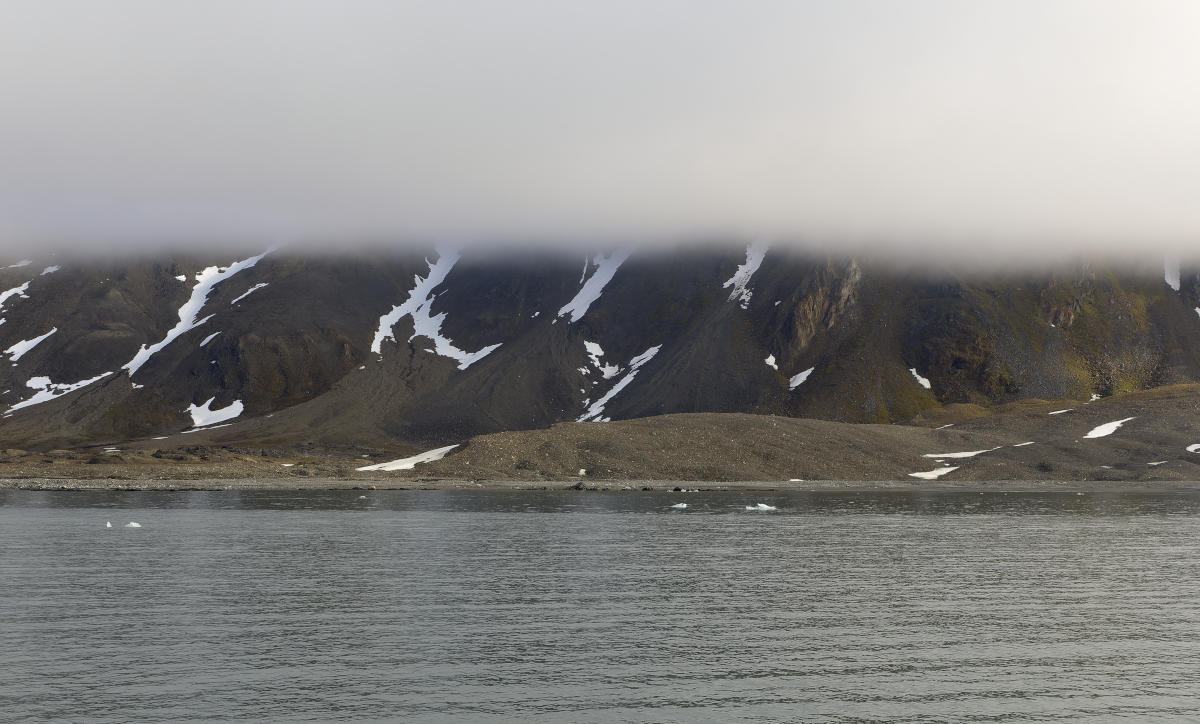


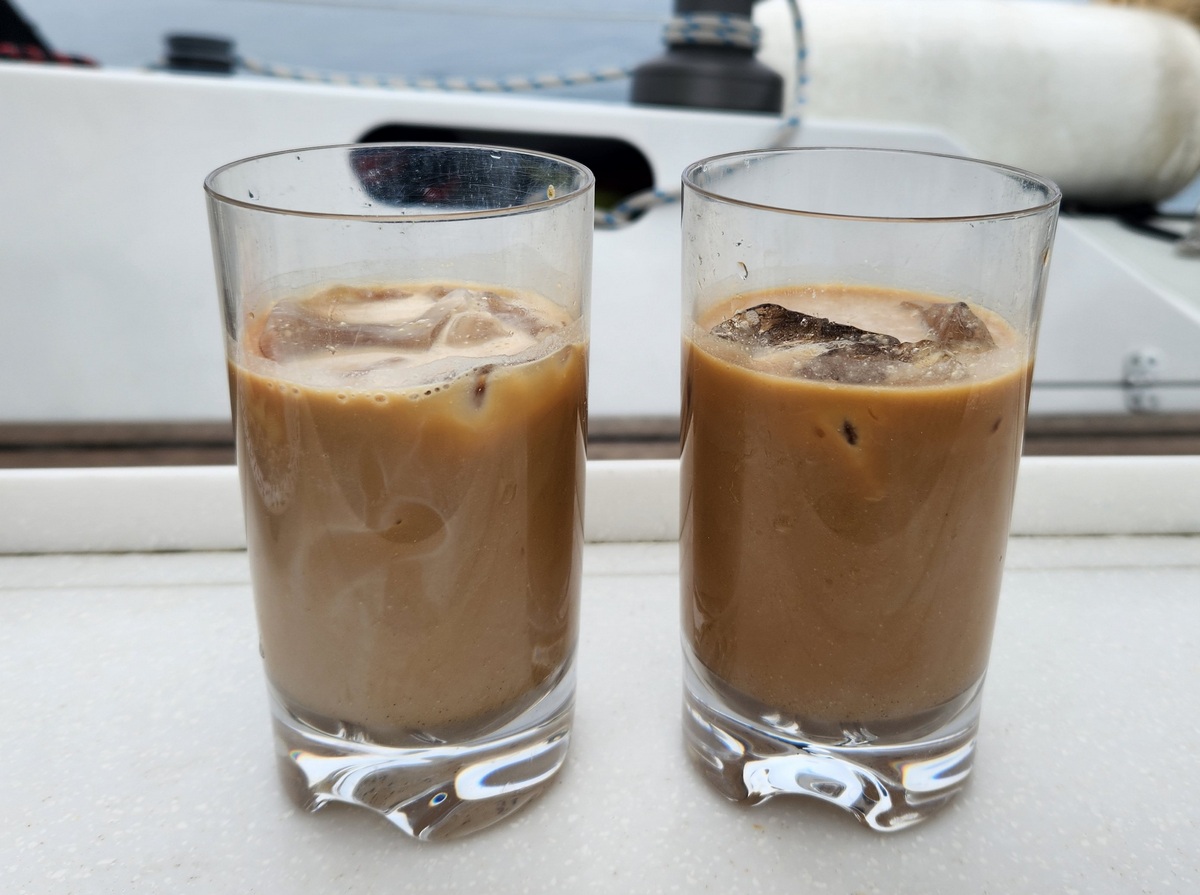
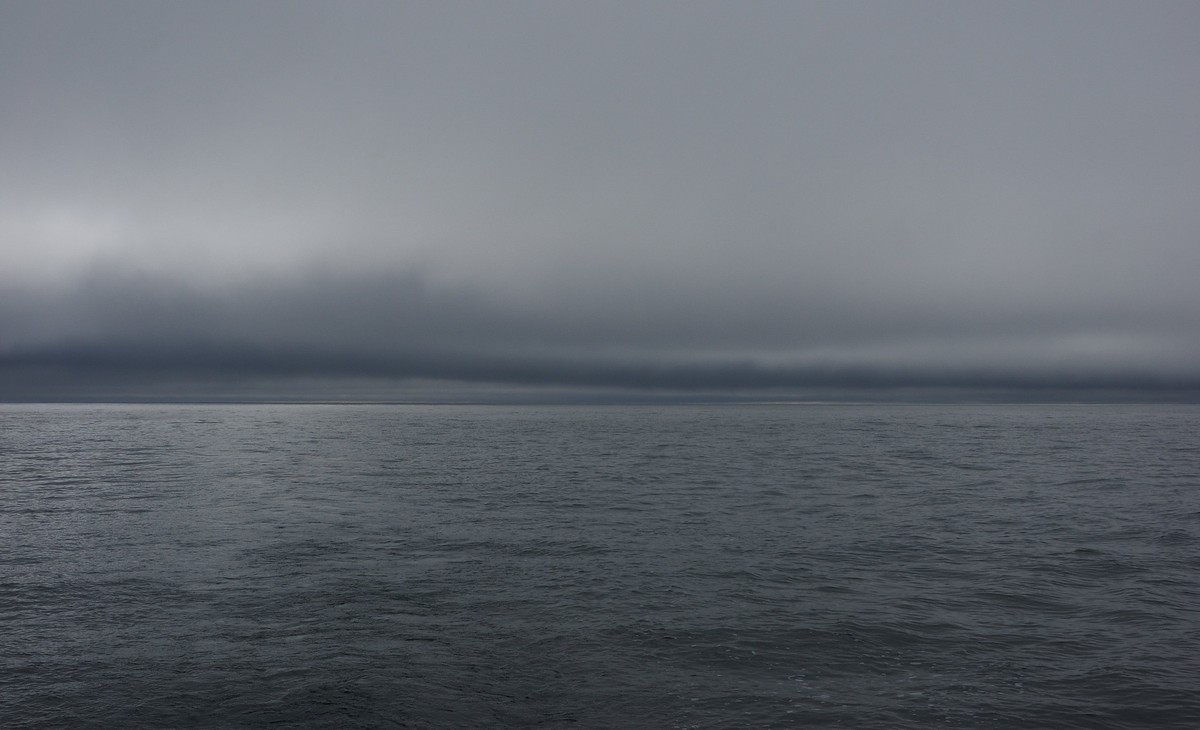
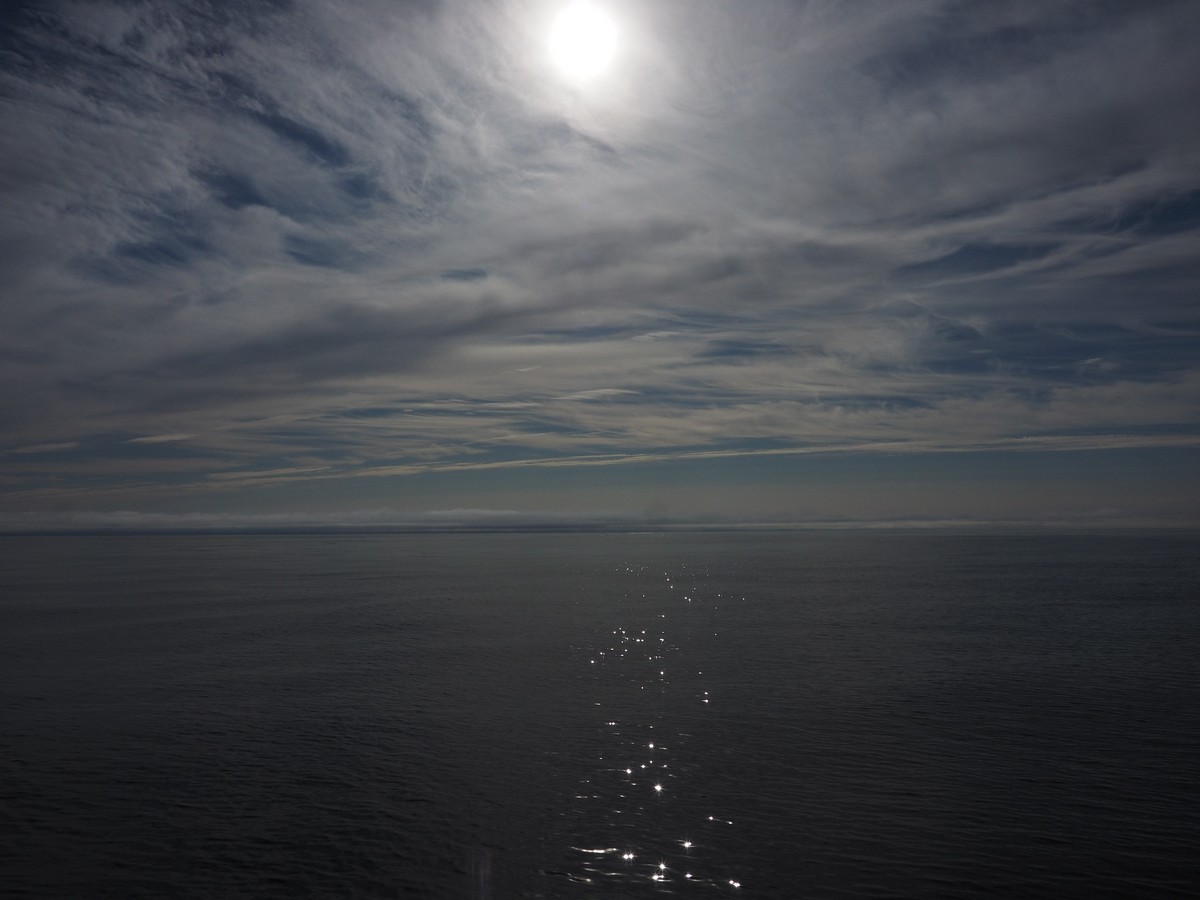

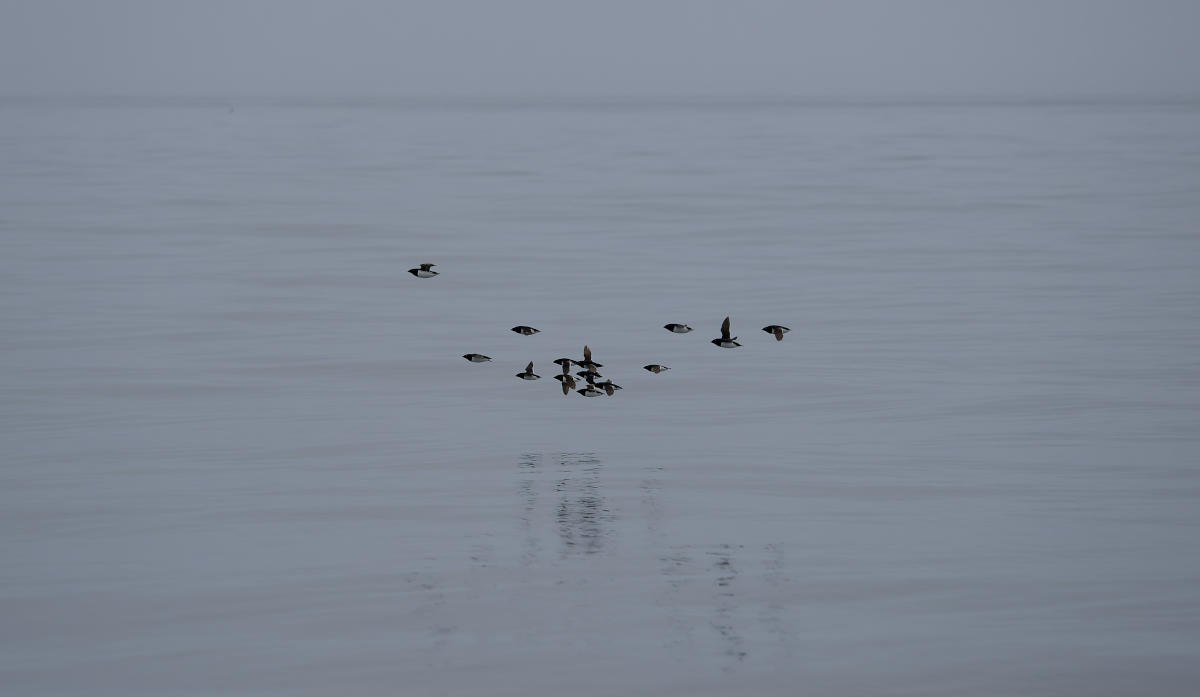
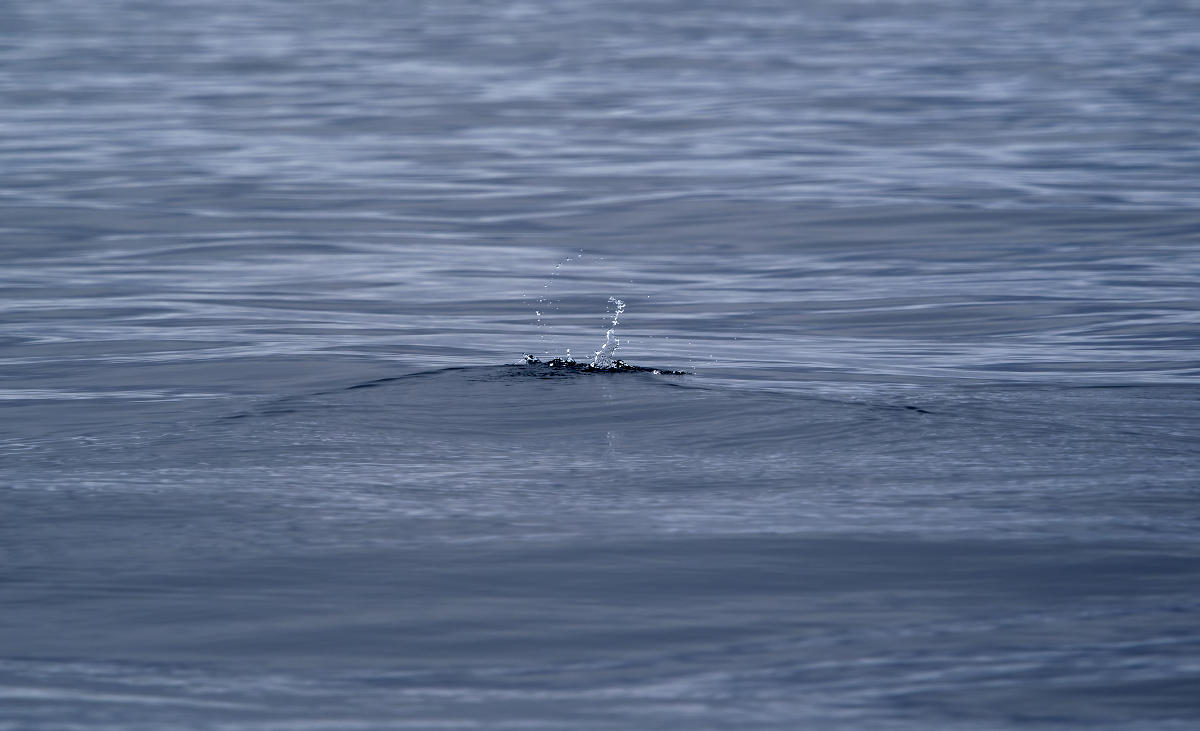
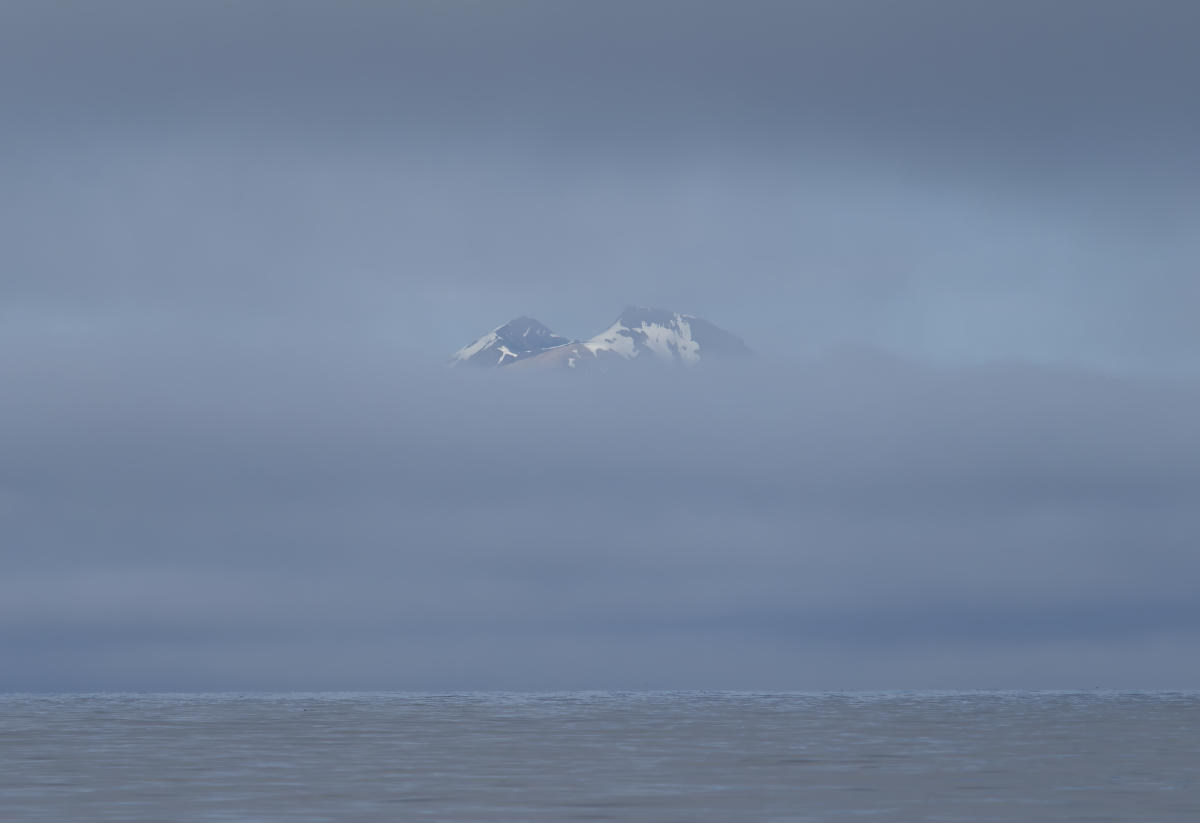



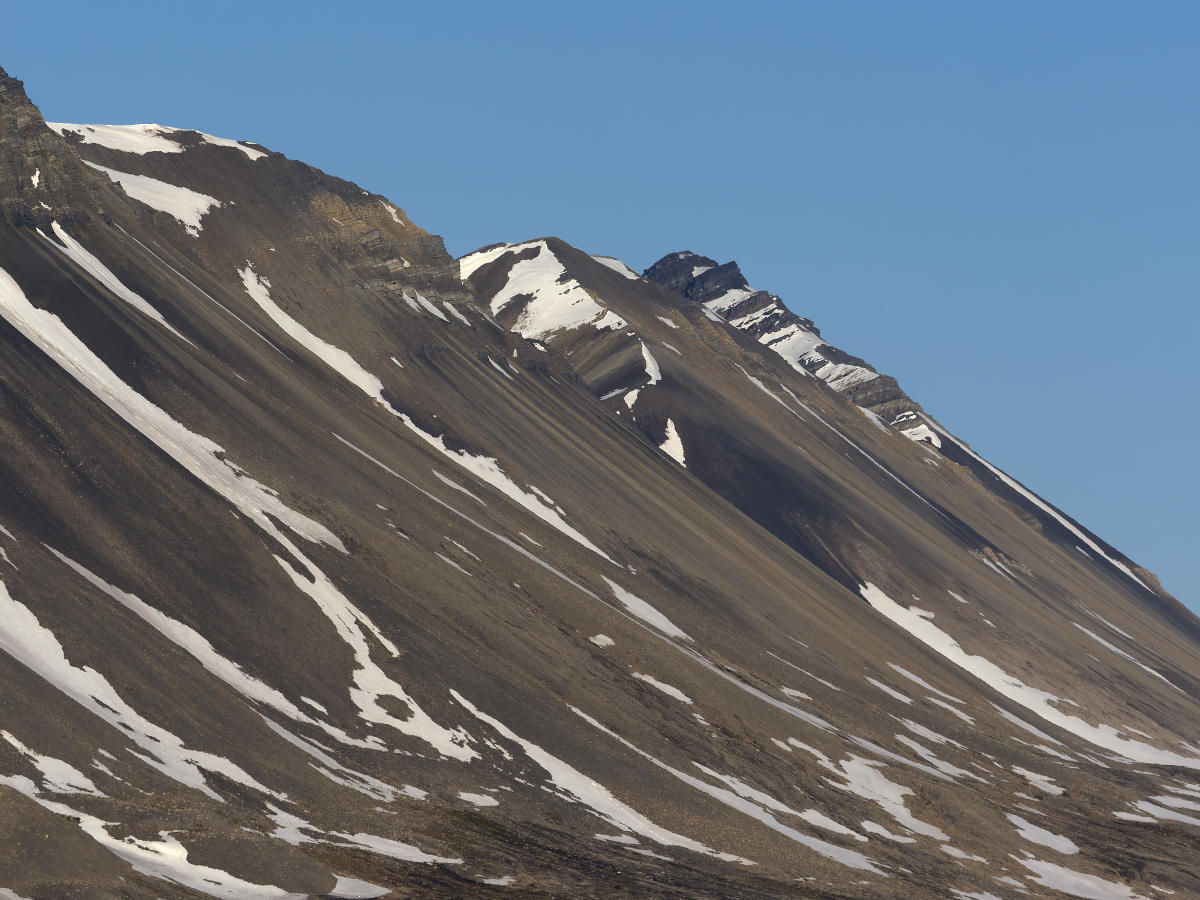

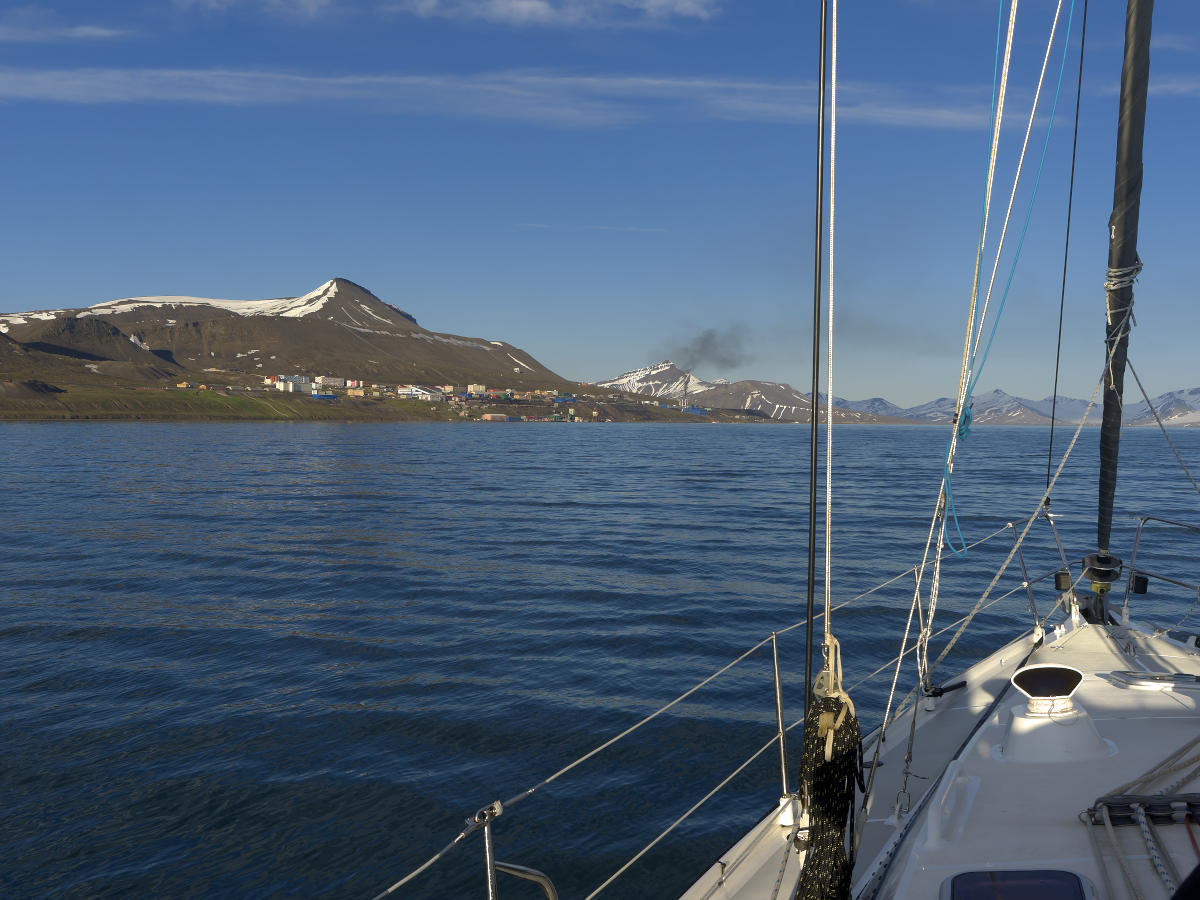
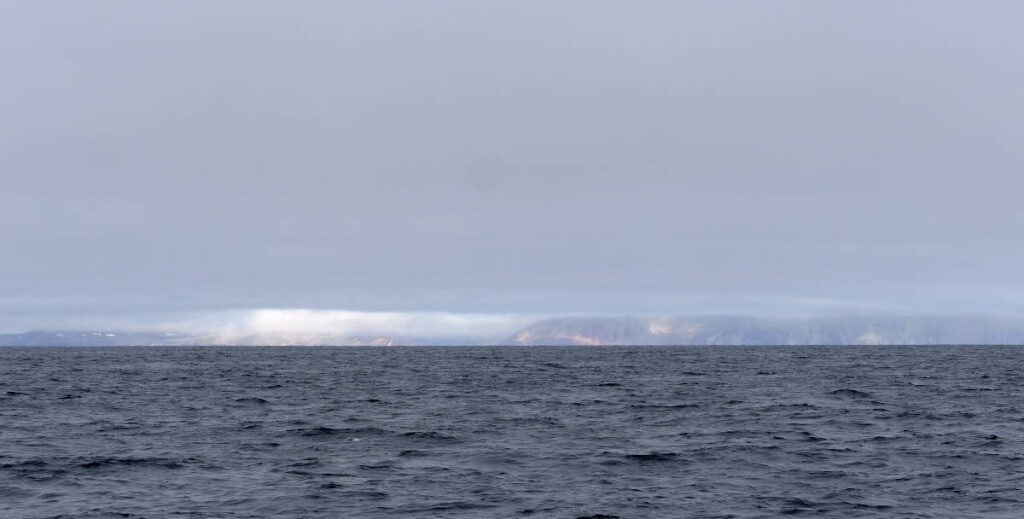

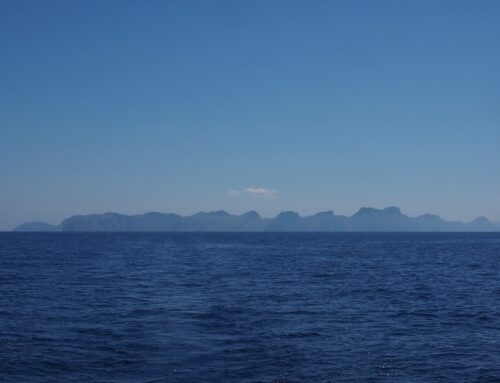
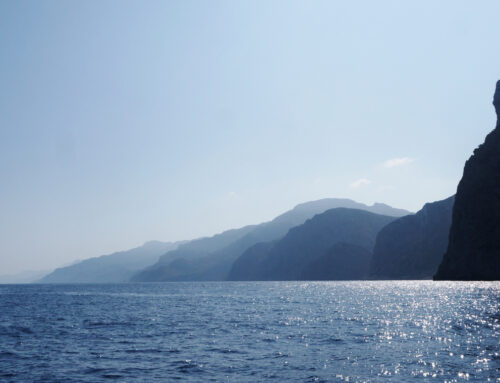
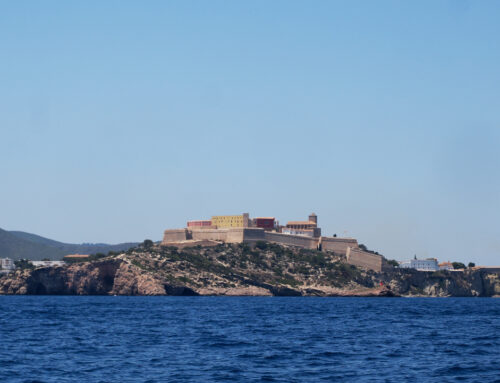
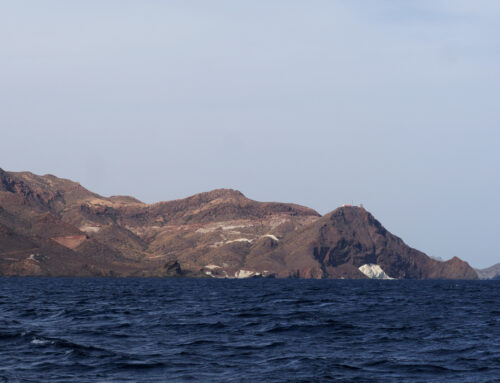
Wat een bijzondere reis. Prachtig beschreven ook
Bedankt!
Stunning images, you are braver than me :)!
As I responded before to another comment: braver or just more stupid..;-)?